

Menu
Triantafyllidis Research Group



New publication in Applied Catalysis B: Environmental !!!
Our experimental and computational results and conclusions regarding the photocatalytic selective partial oxidation of a biomass-derived mono-aromatic at ambient conditions and without additives/chemicals using novel and advanced synthesized titanium oxide nanostructured materials, were published at a prestigious journal, Applied Catalysis B: Environmental (Elsevier, Impact Factor: 24.3 !!!). Special emphasis was given on bring light on which reactive oxygen species/radicals play a key role and to propose the “angel wings” photocatalytic cycles.
Title: Mechanistic and kinetic studies of benzyl alcohol photocatalytic oxidation by nanostructured titanium (hydro)oxides: do we know the entire story?

Abstract
Selective upgrade of lignocellulosic biomass-derived aromatic compounds by photocatalytic oxidation is assumed as a prosperous, environmentally friendly, and cost-effective process. We present for the first time the application of various advantageous titanium oxide nano-photocatalysts for the additives-free selective partial oxidation of benzyl alcohol to benzaldehyde at ambient conditions. The two best-performing materials were found titanate nanotubes and nanocores of anatase surrounded by amorphous titanium hydroxide phase. The results obtained by scavenger tests on top of the DFT calculations led us to conclude that various reactions and active species are responsible by a complex way for materials’ photoreactivity. Depending on nanocatalysts’ physicochemical features as well as the light irradiation (ultraviolet vs. royal-blue), different mechanisms/oxidation-pathways are photo-catalyzed. Finally, we show that utilizing organic compounds like benzoquinone as scavenger hides risks due to the interactions with the targeted to be converted organic that results in elevated photolytic decomposition even under royal-blue light.
Check out the full paper here. (https://doi.org/10.1016/j.apcatb.2022.121939)